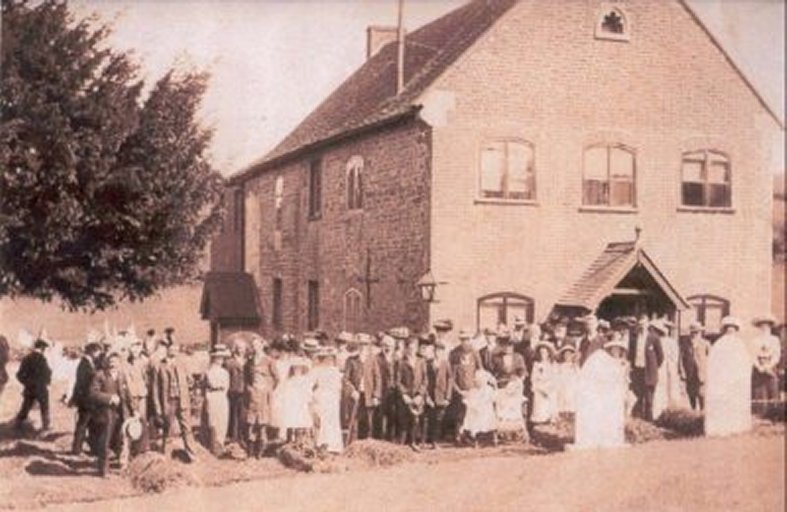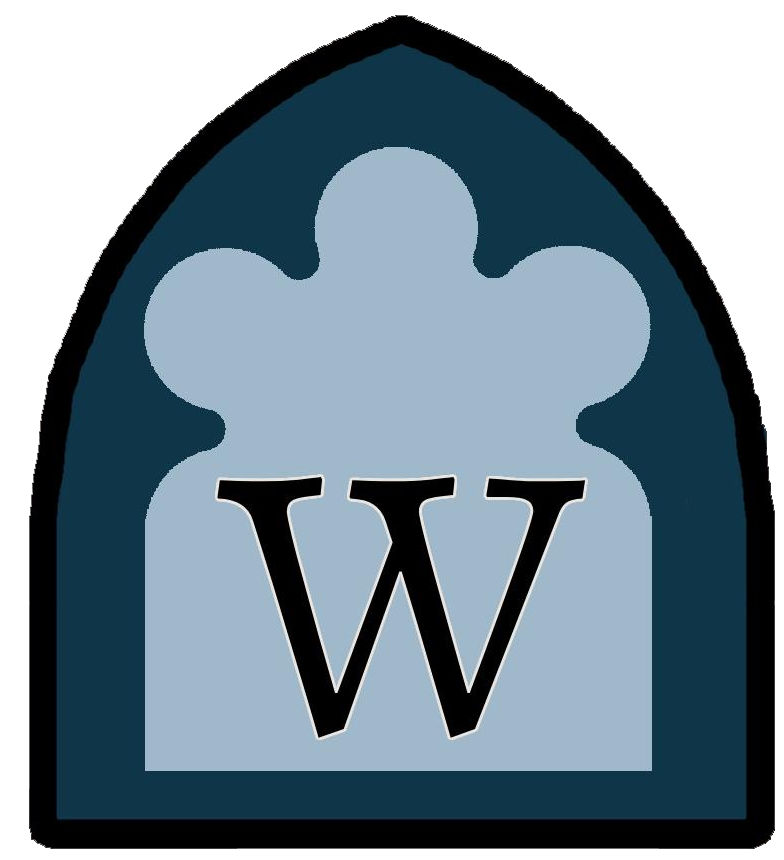
WHITBOURNE CHAPEL – A brief history
At the beginning of the nineteenth century a few Christians met in a cottage in Whitbourne for the purpose of prayer and the reading of God’s Word. The Whitbourne church was planted by the church at Chapmanslade, so that it is one of the several descendants of the old church at Southwick. Mr Richard Parsons of Chapmanslade, a young man who had recently been baptised and joined the church there, under the pastoral care of Mr W. Clift, began preaching in the area, and was invited to Whitbourne to preach in this cottage.
His first visit proved the means of conversion of a woman who was present at the service. Being pressed to come again, he went and ministered to them at intervals, monthly then fortnightly, for several years until 1810, when, through the increase of the congregation, it was decided to build a chapel for worship.
A Mrs Mears, of Frome, offered Mr Clift and Mr Parsons a piece of land for ten shillings a year, on which the chapel was built and opened in April 1811. On the occasion Mr Clift and Mr Saunders of Frome preached.
In the August of 1812, Mr Clift baptised six believers in Jesus Christ who formed themselves into a Particular Baptist Church with James Watson, a member dismissed from Chapmanslade. They then chose Mr Richard Parsons to be their settled pastor.
Trouble was near, for Mrs Mears who had let them the land on which the chapel was built, died soon after, and on examination, it was found that the title only gave her a life interest in the property. Her son, who was the heir, taking advantage of this, agreed to sell the land and the chapel on it for £100. However, he also died before the deed was fully executed, and the next son, residing at Frome, became the heir, and he was harder still than his brother. He would not sell the property for less than £150, and to this they were at last compelled to agree.
This deed cost £30, and land, building and all together, amounted to £700. Mr Parsons had a begging tour in Bristol, London and other places and was successful in collecting about £150. The remainder he gathered in neighbouring towns.
Mr Parsons is said to have had strength of body and powers of endurance almost without parallel. Soon after 1800 he was in business on his own account, working hard as a carpenter all the week, and on Sundays walking to Devizes or Chippenham, some twenty miles or so, preaching three times, and walking home again the same evening. When collecting money in London for Whitbourne Chapel, he walked on an average forty miles a day for a month, and on his return, in order to save travelling expenses, walked in one day from London to Salisbury, about seventy miles.
Mr Parsons continued to be a faithful and successful pastor of Whitbourne Chapel for forty-two years until his death on 14th November 1853. By this time the church had been so successful that it was now self-financing. He was buried in the churchyard where a large yew tree grows beside his tomb.
After Mr Parsons’ death the Chapel was supplied for the next fourteen years by various local preachers, never having a stated pastor. A Mr J. D. Parsons (no relation of the former) who resided at Woolverton near Rode, had a kind of oversight of the work for many years, presiding at the meetings and acting as a pastor. He later moved to Australia.
For next thirteen years, from 1867, Mr S. King of Warminster acted in a similar unofficial capacity. During this period he baptised for them and preached twice a month.
In 1882 the Chapel was thoroughly renovated. Timber was cut from around the graveyard, was well prepared and seasoned and then used to refurbish the interior of the building. The re-opening services were held on Sunday 10th December 1882. Pastor Doel of Southwick preached three sermons on the occasion.
The Chapel is capable of seating about 200 people, with galleries at the two sides and at the front door end. When it was first built the ceiling was low but some years later the roof was taken off and the walls raised several feet higher. The pipe organ is in the gallery at the opposite end of the Chapel to the pulpit
